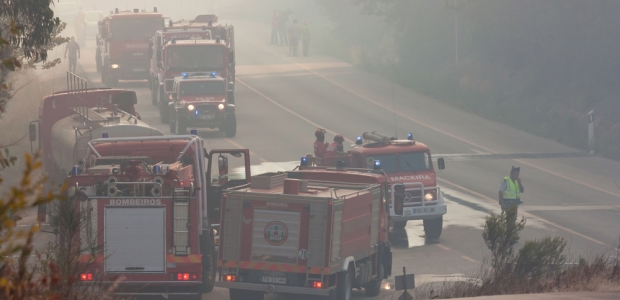
Commerce Releases Public Safety Analytics R&D Roadmap
It is a report evaluating software, network, and device technologies that could improve public safety response, communications, and operations during the next 20 years. The roadmap will guide planning for public safety communications research, including how to allocate the $300 million NIST is to receive from the 2015 AWS-3 spectrum auction.
The U.S. Department of Commerce this week issued the Public Safety Analytics R&D Roadmap, which outlines opportunities to spur innovation and improve public safety by making data more accessible and useful for police, firefighters, emergency medical services, and other first responders. Published by the National Institutes of Standards and Technology, it is a report evaluating software, network, and device technologies that could improve public safety response, communications, and operations during the next 20 years. The roadmap will guide planning for public safety communications research, including how to allocate the $300 million NIST is to receive from the 2015 AWS-3 spectrum auction.
"First responders are gaining access to large amounts of new data from diverse sources, and we need to be able to process it without overwhelming public safety," said U.S. Deputy Secretary of Commerce Bruce Andrews. "This roadmap allows NIST to begin to chart an R&D course to ensure that new data constructively transforms the way first responders carry out their missions."
It is the second roadmap developed in NIST's effort to identify research needed to support advances in public safety communications systems that include two-way radio networks and a nationwide broadband network based on standards for wireless communications (called Long-Term Evolution, or 4G LTE). NIST published a Location-Based Services roadmap last year. The new analytics roadmap suggests how data collection, processing, analysis and visualization techniques could generate valuable intelligence for public safety in the short term (up to five years), medium term (5-10 years), and long term (10 to 20+ years). It identifies trends and drivers, technology capabilities, and gaps while outlining R&D opportunities in those gaps:
- Software: Create a public safety information sharing and analysis center similar to www.data.gov; define Internet of Things data standards and processing models for public safety; and partner with social media analytics companies to design tools to analyze physical attributes and biometrics in images.
- Devices: Define requirements for on-device recording and storing of communications transcripts; develop an analytics framework for integrating disparate data sources across public safety devices and sensors; define data standards and exchange protocols for responder-worn sensors.
- Networks: Develop resiliency and prioritization services to analyze mission-critical data when the network goes down or is overloaded; develop a network-based element to discover and deliver critical content; and create a standard and/or usage scenario that indicates what information or analytical capabilities are needed during specific situations such as fires, floods, and vehicle crashes.